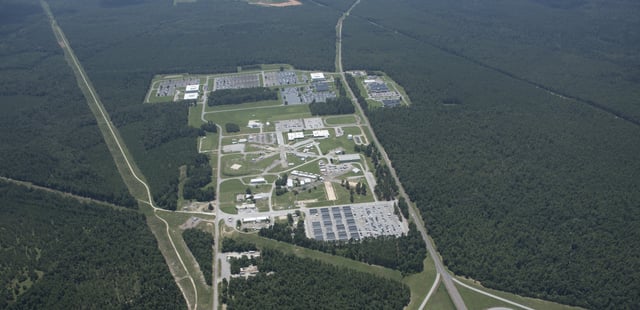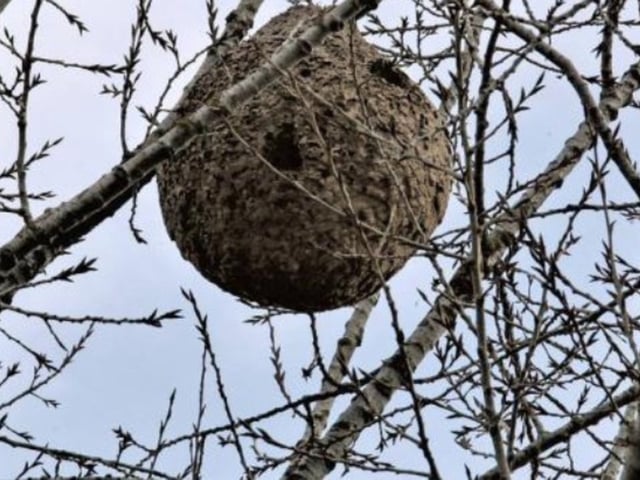Overview
- On July 3, routine radiation checks at the Savannah River Site uncovered a wasp nest emitting radiation at levels ten times above federal limits near high‐level waste tanks.
- Workers sprayed the nest with insecticide, removed it as radioactive waste, and found no live insects during the decontamination process.
- The Department of Energy has confirmed there are no leaks from the site’s 43 underground liquid nuclear waste tanks and no threat to public safety.
- The nest has been formally designated as radioactive waste and handled under federal disposal protocols.
- Savannah River Site Watch is urging disclosure of how the nest became contaminated and whether similar anomalies or hidden leaks exist.



